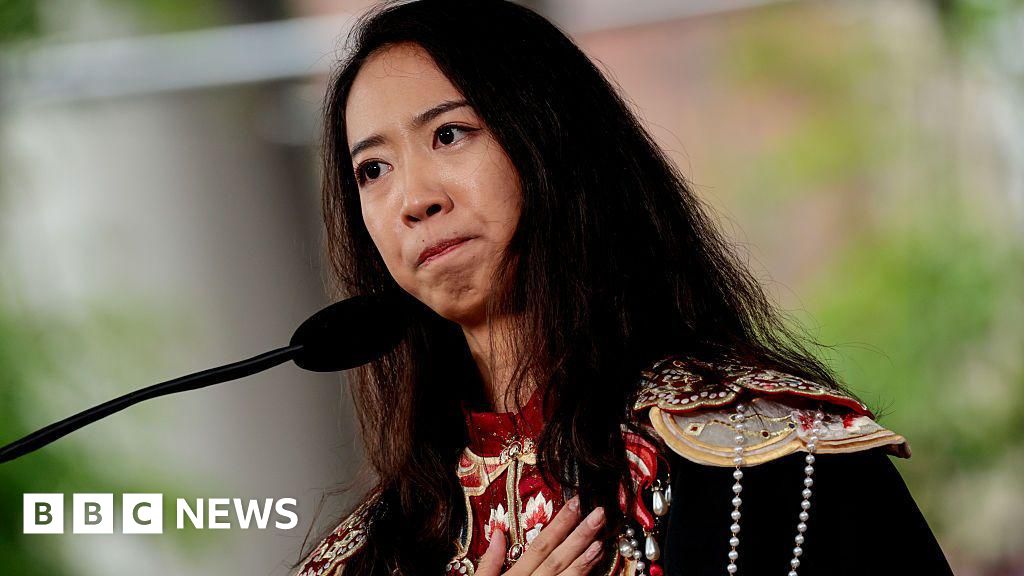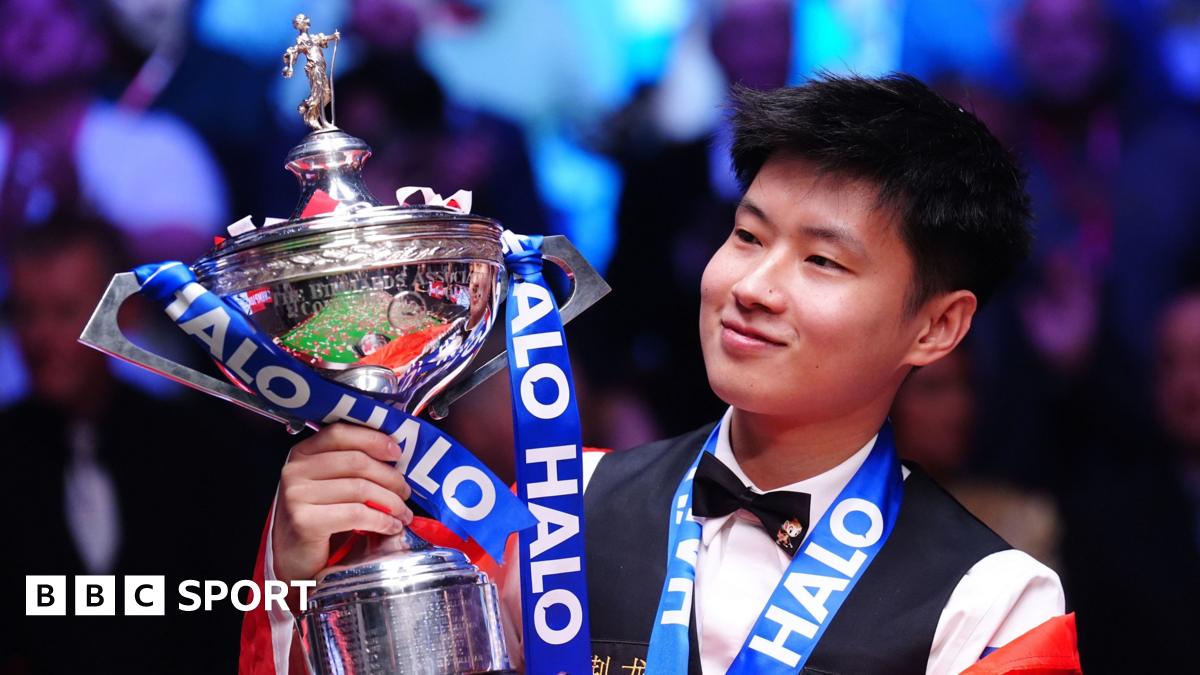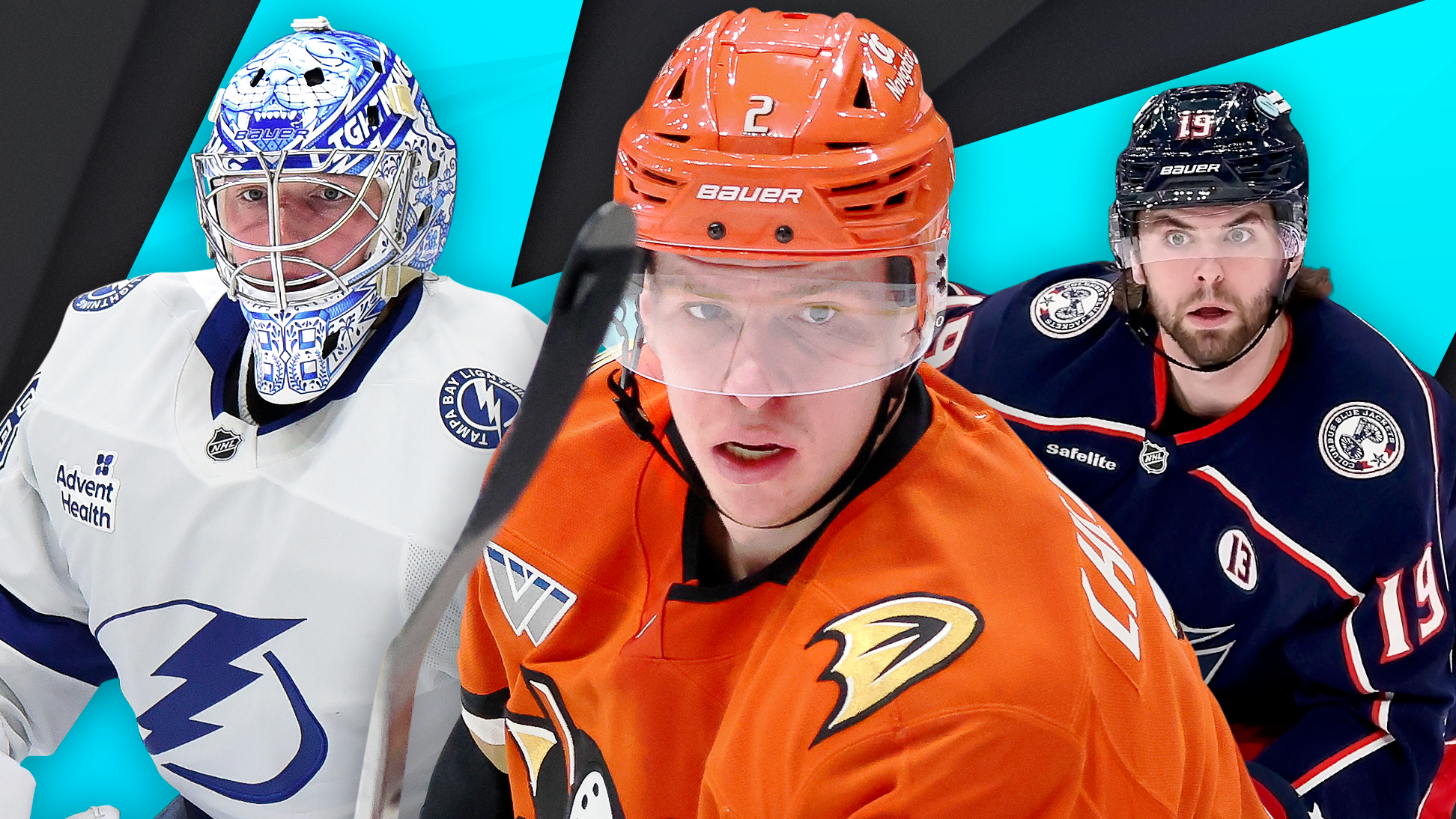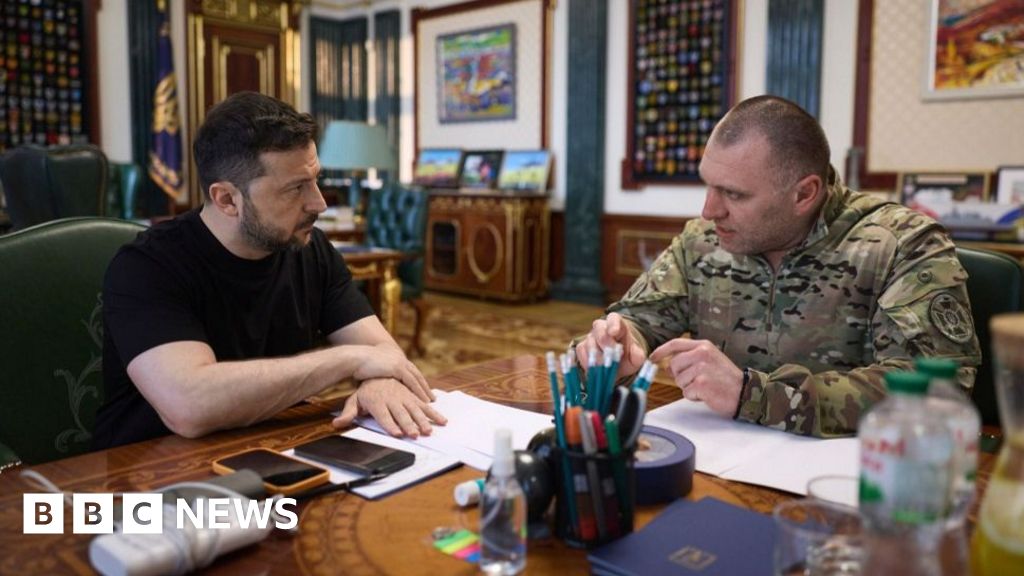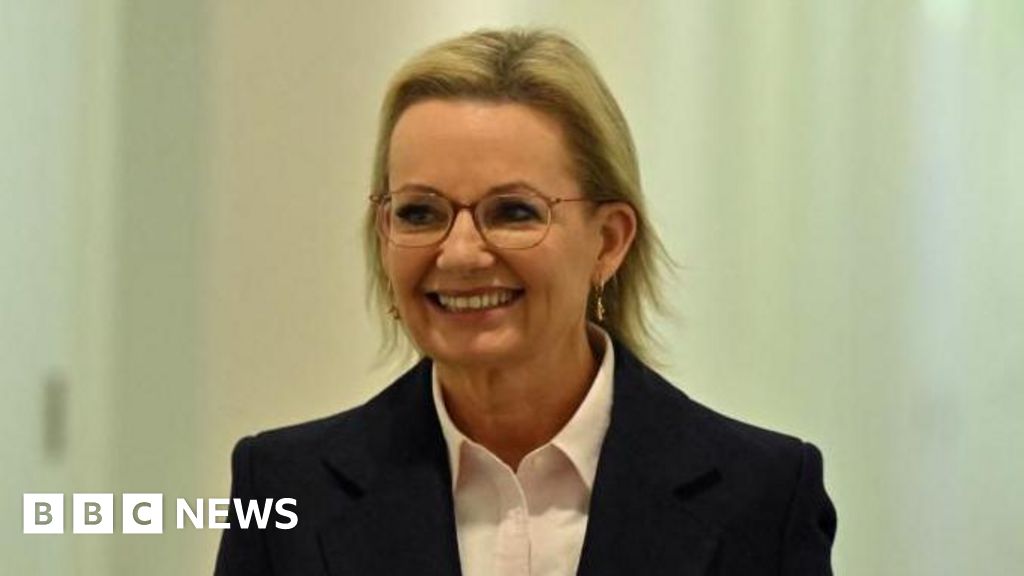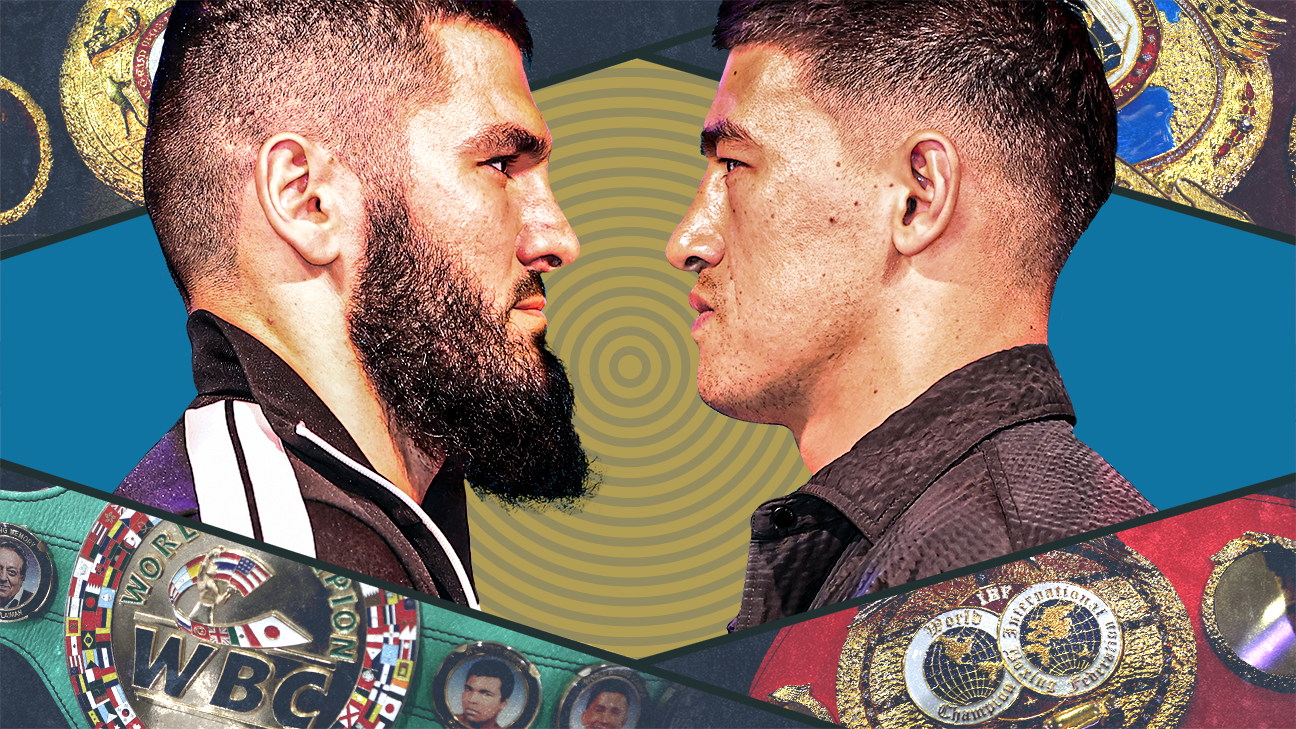
Stephania BellMay 14, 2025, 08:00 PM ET
- Stephania Bell is a senior writer and injury analyst for ESPN. Stephania is a member of the FSWA Hall of Fame and a certified orthopedic clinical specialist and strength and conditioning specialist. She also appears on "Fantasy Football Now" and the Fantasy Focus Football podcast.
For the second time in as many weeks, an NBA star has collapsed to the floor because his Achilles tendon ruptured.
Milwaukee Bucks guard Damian Lillard went down with the injury in the first round of the playoffs against the Indiana Pacers on April 27, and Boston Celtics forward Jayson Tatum was dealt a similar blow in Game 4 of the Eastern Conference semifinals May 12. Clearly in pain, and putting no weight through his injured right leg as he was helped off the court, a visibly distraught Tatum was taken to the locker room in a wheelchair for examination, or perhaps a confirmation of what he already knew.
Achilles tears are uniquely recognizable. After the initial shock at the moment of injury -- the sudden pop and the accompanying sound will often cause the athlete to look over his shoulder to see what hit him -- there is a realization of the severity of what just happened. Most athletes know immediately they cannot walk, and if they try, they will awkwardly lift their flat-footed leg off the ground when they can't push off.
Achilles tendons serve as the connection between the calf muscles and the foot, via the heel. When the calf muscles contract, the energy is transferred through the tendon to push the foot off the ground. It can be as low energy as propelling the body forward with walking or as intense as exploding skyward for a dunk. The demands on the Achilles tendons of an NBA athlete are high because of the repetitive jumping, running and push-off/pivot maneuvers required. Those movements place load on the tendons through repeated tension/elongation alternating with explosive contraction. Those loads can lead to episodes of acute inflammation or, eventually, chronic structural changes within the tendons.
Many Achilles ruptures happen just as Tatum's did. The player steps back in a lunge position placing the Achilles of the rear leg on stretch, then pushes off through the back foot. At that moment where the tendon cycles from extreme lengthening to rapid shortening, it fails.
1:05
Jayson Tatum helped off court after going down in pain
Celtics star Jayson Tatum leaves the game after an injury in the fourth quarter vs. the Knicks.
In the elite athlete population, surgical repair of the torn tendon is the standard course of treatment. Though some people were surprised by Tatum's surgery taking place less than 24 hours after his injury, this timing is actually ideal. A study published in 2020 in Knee Surgery, Sports Traumatology, Arthroscopy confirmed the benefits of rapid repair, noting improved biomechanical and histological (microscopic tissue structure) outcomes for those undergoing surgery within the first 48 hours post-injury. This timeline may not always be feasible, but it is generally accepted in the sports medicine community that it is best to avoid delays to optimize healing of the Achilles tendon.
Tatum will be casted postoperatively for a brief period to protect the repair, and when the cast is removed, his early controlled motion will begin. While some movement is key for ankle joint mobility, it is essential to protect the repair and not overstretch it. The elasticity of the Achilles is key to its function; overlengthening the repair is like stretching out a rubber band to the point it becomes nonfunctional.
There is also the matter of incorporating light strengthening and gradually increasing weight bearing, eventually moving the athlete from a cast or boot into a shoe. Once the repair has sufficiently healed, more aggressive range of motion begins, ultimately followed by a return to ground running, jumping, agility and explosive movement along with basketball activities. Return to play for athletes typically takes six months to a year, with NBA athletes averaging a 10-month recovery, influenced by the athlete's overall healing, return to fitness and the seasonal calendar.
Not to be overlooked in this process is the athlete's mental recovery. An Achilles rupture is so sudden and so completely incapacitating, it often leaves the athlete wondering if he will ever return to his pre-injury form, especially in the early phase of recovery. Even after the athlete successfully returns to competition, there may be a delay in achieving pre-injury levels of performance. The combination of regaining power and confidence in the leg may not be realized until the athlete is able to play consistently. Most athletes who return from an Achilles tendon repair report not fully regaining their explosiveness until their second season of competition.
Tatum, 27, does have the benefit of youth on his side, and his injury history is sparse, which bodes well for his recovery. Beyond the additional benefit of a timely repair, he also had a top foot and ankle surgeon at the helm. Dr. Martin O'Malley at Hospital for Special Surgery, who serves as a member of the Brooklyn Nets medical staff in addition to consulting on numerous NBA athlete cases, performed Tatum's repair. Notably, O'Malley performed Kevin Durant's Achilles repair in 2019. Durant's ability to return to elite-level performance post-Achilles injury should serve as inspiration for Tatum as he proceeds through the lengthy and arduous rehab process.
On that note, here are a few of the more relevant player comps for Tatum.
1:42
Kobe and KD part of NBA's Achilles injury fraternity
Kobe Bryant, Kevin Durant and DeMarcus Cousins represent a fraction of NBA players who have been sidelined due to an Achilles tear.
Kobe Bryant: Perhaps the most memorable NBA player to return from an Achilles injury, Bryant was 34 at the time of his injury ahead of the 2013 playoffs. He underwent surgery in April and returned to action in December of the same year. Bryant returned fairly rapidly but lacked explosiveness. The following year his season ended prematurely due to a shoulder injury that required surgery, and the subsequent season was his last.
Klay Thompson: Thompson's situation is somewhat unique in that he tore his right Achilles while recovering from a torn ACL. Thompson tore his ACL during the 2019 NBA Finals and missed the entire next season. As he was nearing a return to action to start the 2020-21 season, he suffered a torn Achilles. He ultimately returned midway through the 2021-22 season at the age of 31 and, as expected, averaged fewer minutes. His shooting efficiency also was down. But, Thompson bounced back the following year, averaging four more minutes per game and posting career bests in 3-pointers and rebounds.
Kevin Durant: Durant tore his right Achilles during the 2019 NBA Finals while with the Golden State Warriors. Notably, he inked a four-year deal with the Brooklyn Nets during his recovery, reflecting confidence in his ability to return at an elite level. Durant was out for the 2019-20 season but returned to action the following year and looked strong doing so. He played in only 35 games that season, mostly because of other injuries, but performed like vintage Durant when he was on the court. Perhaps the 18-month window between injury and return to play helped boost his performance metrics upon return. Durant's numbers make the case for an over-30-year-old NBA player's ability to return to pre-injury levels post-Achilles rupture.
































